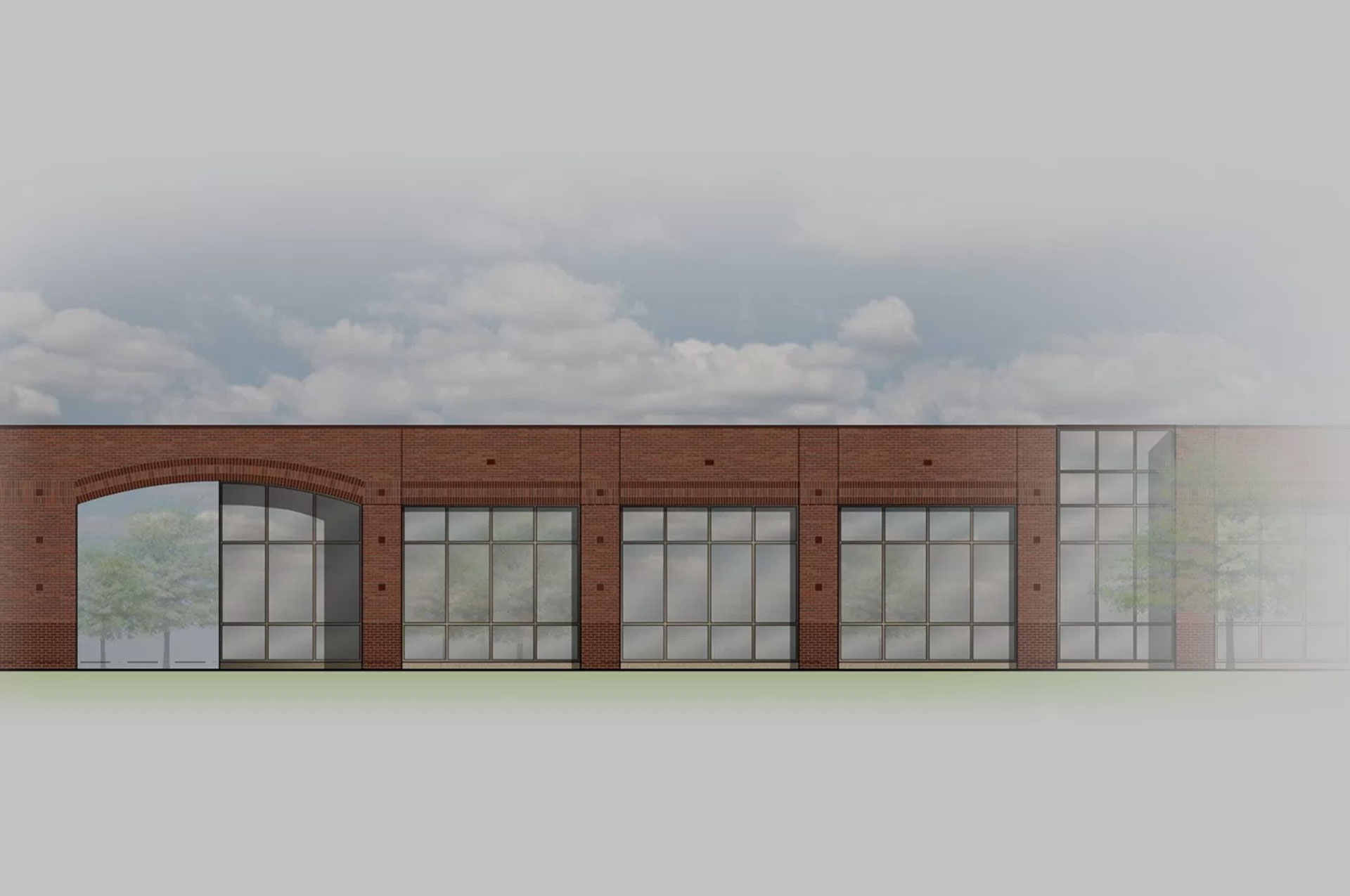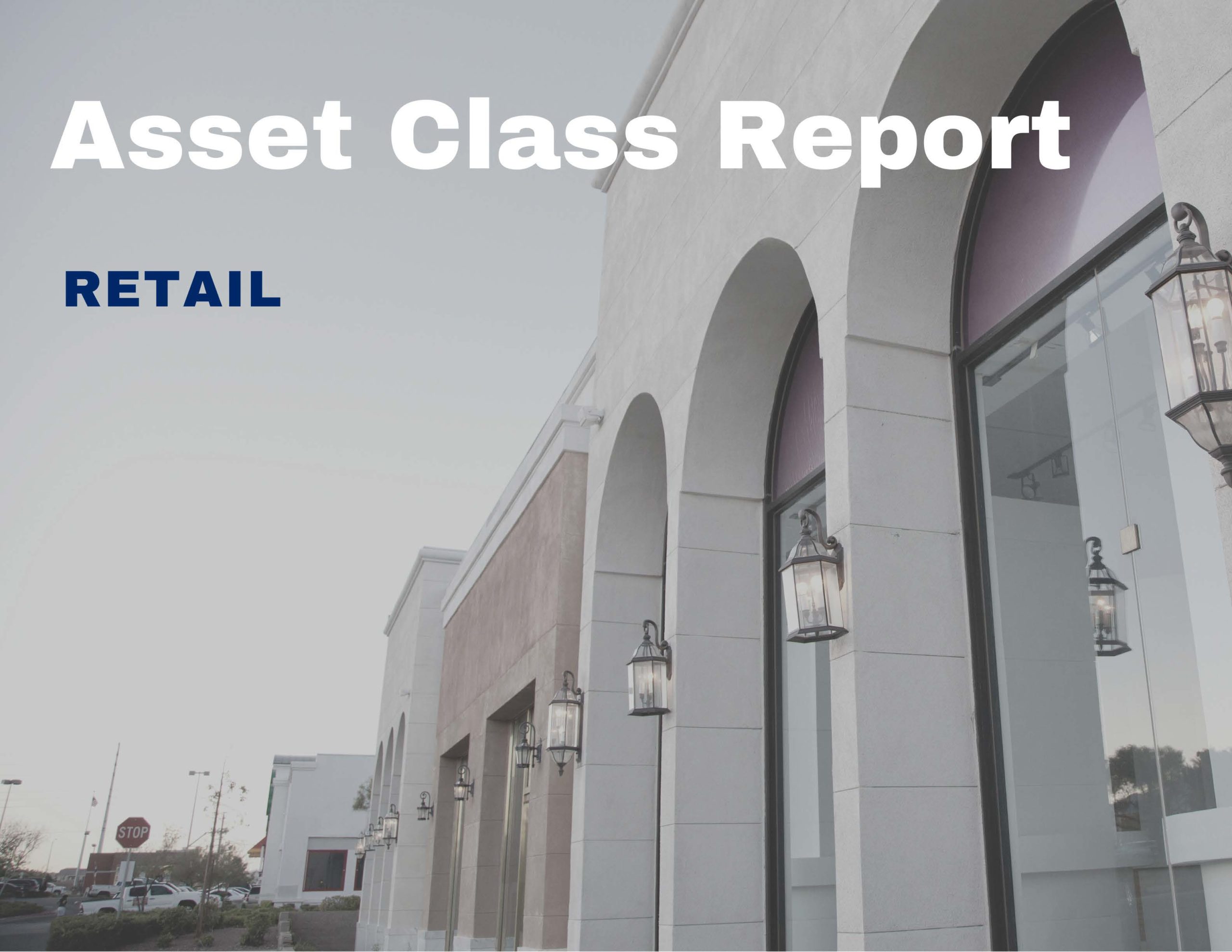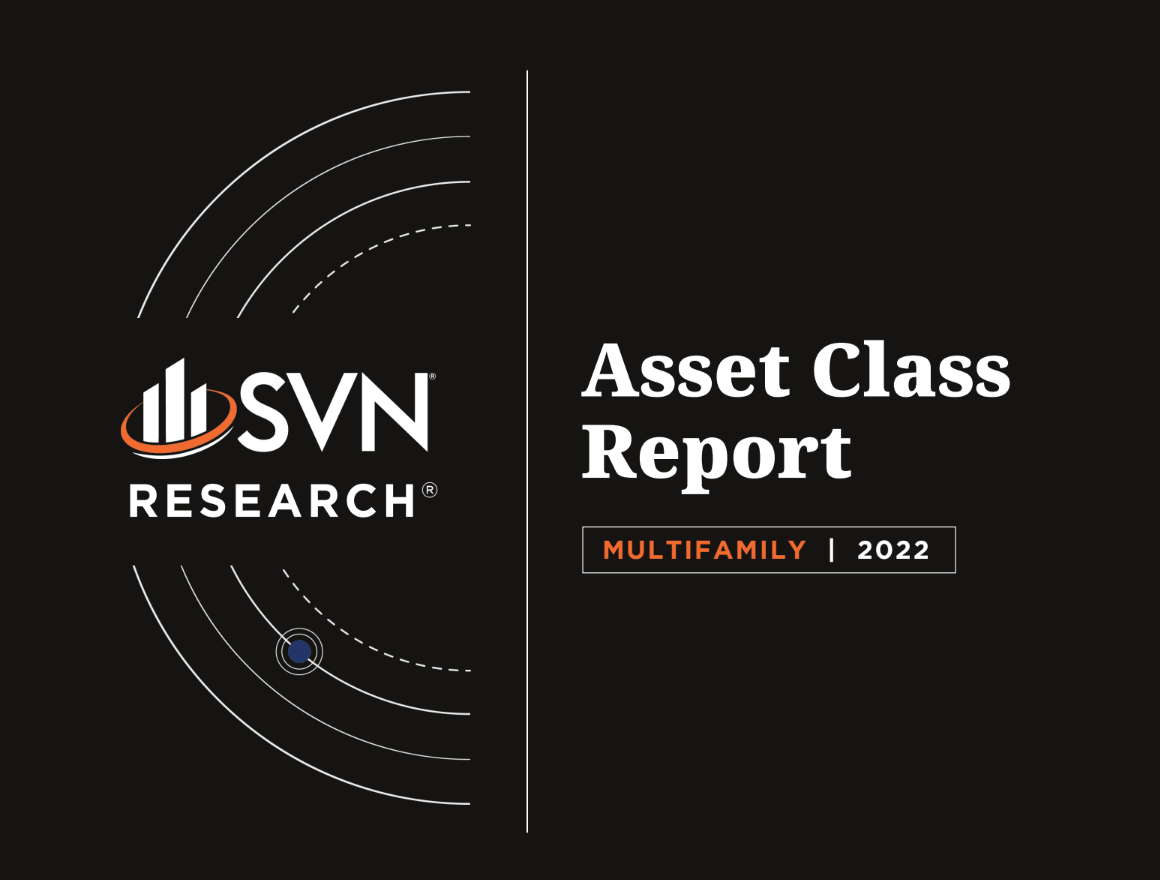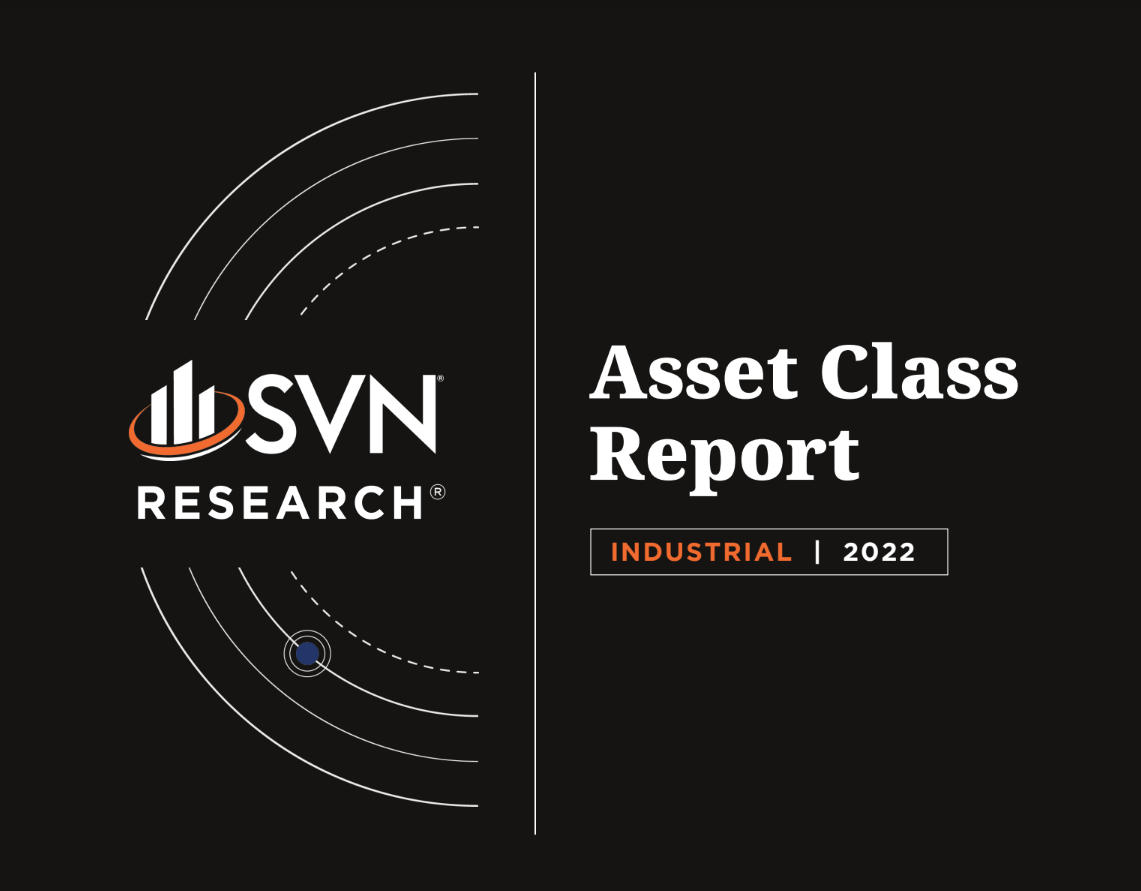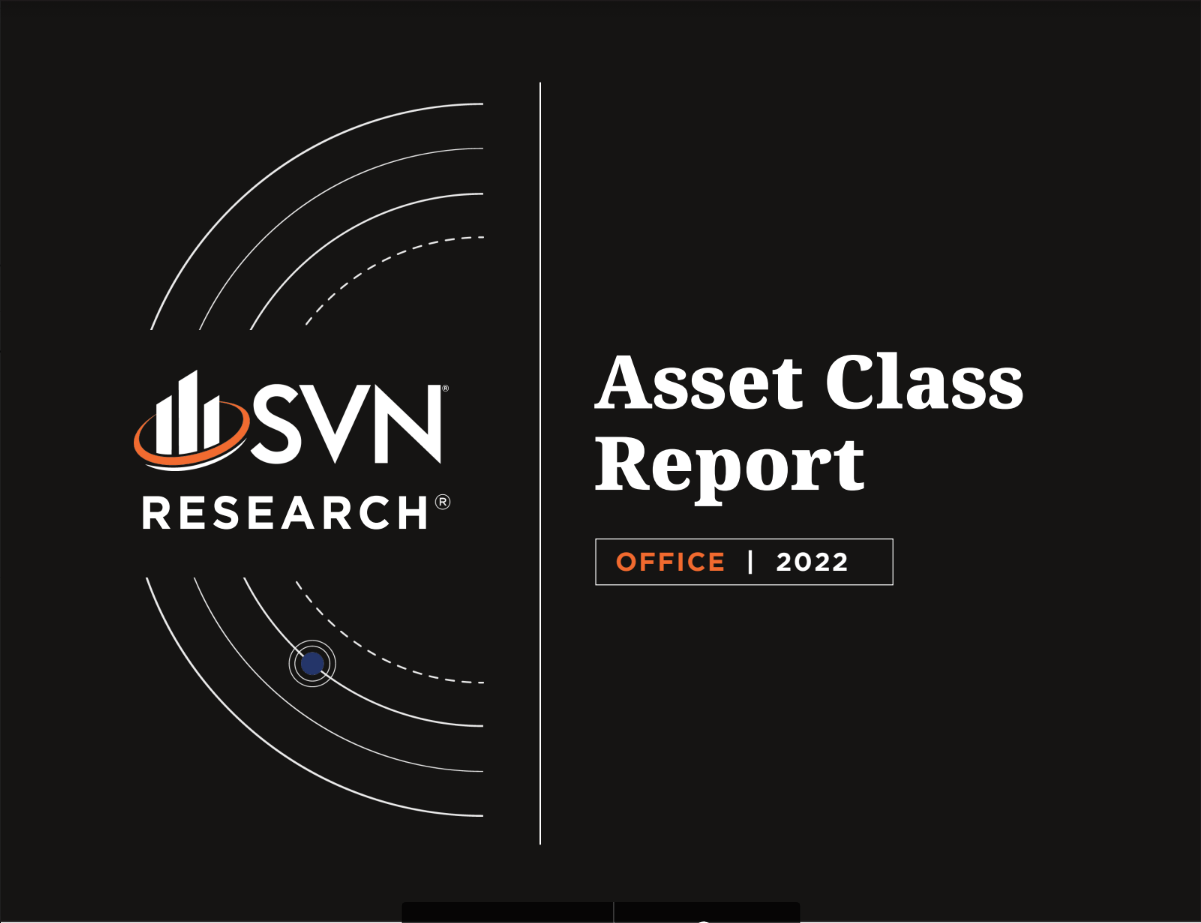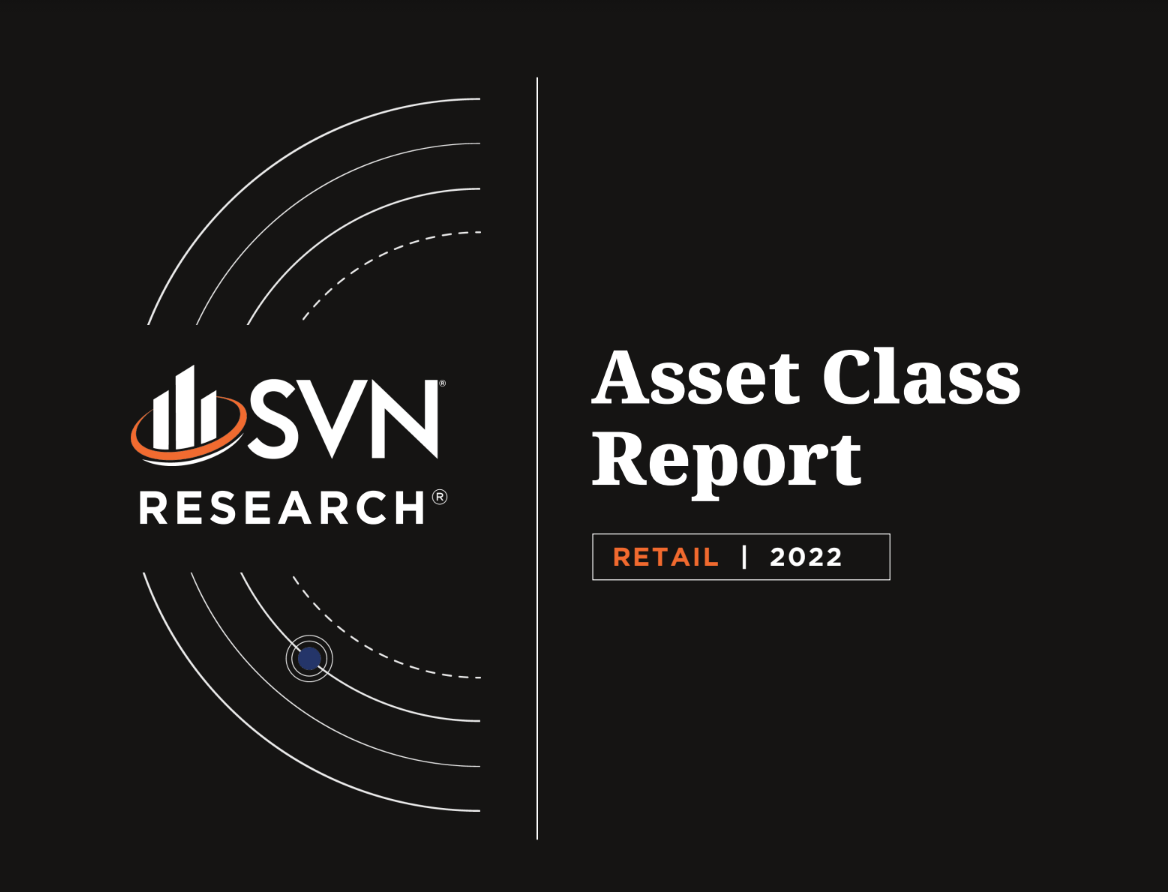admin / December 30, 2022
Commercial Real Estate Economic Update 12.16.22
Commercial Real Estate Economic Update 12.16.22
Featured Topics
-
FOMC Interest Rate Decision
-
CPI Inflation
-
Renter vs. Homeowner Inflation
-
Fannie and Freddie Unlikely To Meet Allocations
-
NAIOP Industrial Space Demand Forecast
-
The Short and Long-Run Effects of Remote Work
-
Jobs Report
-
Consumer Sentiment
-
Summary of Economic Projections
-
Brick-and-Mortar Retail Outlook
Commercial Real Estate Economic Update 12.16.22 – (Download Full PDF)
1. FOMC INTEREST RATE DECISION
• On December 14th, the Federal Reserve’s policy-setting committee raised their target Federal Funds Rate (FFR) range by 50 basis points to 4.25%-4.50%, slowing their speed of rate increases after four consecutive 75 basis point hikes — an apparent response to evidence of slowing inflation
• In their statement accompanying the FOMC meeting, members remained hawkish in their commitment to slowing the economy’s price pressures, largely refraining from any shift in tone compared to their last meeting, despite a deceleration in rate increases. Officials expect to continue increasing rates well into next year.
• Benchmark interest rates now sit at their highest level since 2007, with officials, on average, projecting a 5.1% terminal rate — the rate at which the committee stops increases — according to the FOMC’s latest dot plot.
2. CPI INFLATION
• The Consumer Price Index (CPI) rose 7.1% year-over-year and just 0.1% month-over-month, according to the latest numbers from the Bureau of Labor Statistics — below most industry estimates. The annual inflation rate has now fallen for five consecutive months.
• Core CPI, which removes food and energy prices from the calculation and is more closely tied to monetary policy decisions, rose 6.0% over the past 12 months and 0.2% between October and November
• Energy costs rose 13.1% year-over-year through November but contracted by -1.6% month-over-month. Food costs increased by 10.6% year-over-year and 0.5% month-over-month, the slowest monthly increase since December 2021.
3. RENTER VS. HOMEOWNER INFLATION
• According to Chandan Economics’ recalibrations of CPI data, the adjusted inflation rate for renters was 7.1% year-over-year in November, squarely in line with the increase in headline inflation while falling -0.7% from one month earlier
• Meanwhile, fixed-rate mortgage homeowners experienced a 4.8% year-over-year inflation rate through November and falling -0.8% month-over-month.
• The spread between renter and homeowner personal inflation rates reached 2.3% in November, a new record according to Chandan Economics’ calculations. In the six years between 2014 and 2020, the rate of renter inflation averaged 1.1 percentage points higher than homeowner inflation. Notably, the spread remained consistent over this period — never departing more than ten basis points from the 1.1 percentage point average.
4. FANNIE AND FREDDIE UNLIKELY TO MEET ALLOCATIONS
• Fannie Mae and Freddie Mac are on a trajectory to undershoot the $78 billion in Multifamily allocations granted to them by the FHFA, a potential first for the Government Sponsored Enterprises (GSEs).
• As explained by Yardi Matrix Research Director Paul Fiorilla, strong residential demand in recent years has meant high GSE lending capacity. Still, US inflation necessitated a rapid rise in interest rates, reducing some of this demand. Fiorilla forecasts a resulting $8 billion agency lending shortfall.
• Reflecting a fall in mortgage demand, FHFA recently cut the GSEs’ 2023 allocations to $75 billion, $3 billion below the 2022 level.
• Given the Agencies, and by extension, HUD’s role as a sort of lender of last resort, Fannie and Freddie’s lending capacity should remain solidly adequate to support the market’s credit needs. Further, half of all agency loans must be backed by properties that contain an affordable housing component, efforts which are likely to intensify as policymakers attempt to address a nationwide shortage of affordable housing.
5. NAIOP INDUSTRIAL SPACE DEMAND FORECAST
• According to NAIOP’s latest forecast, industrial space acquisition volume fell during the third quarter of 2022 as retailers and logistics firms reduced purchases amid easing supply chain issues, increased carrying costs, and slowing growth in the e-commerce sector.
• Amazon made headlines in the sector this year after nixing previously planned Industrial space expansions. At the same time, smaller e-commerce firms continued to lease new additional distribution spaces throughout the year, although at a lesser rate than in 2021.
• Net absorption in the sector nearly doubled in 2021 compared to the year before, registering 432.5 million square feet of absorption, beating NAIOP forecasts. The group forecasts that 326.3 million square feet will be absorbed by year-end 2022, amounting to a 24.5% decline from 2021 but 31.4% above 2020’s total.
• NAIOP notes that this year’s decline in acquisitions ran concurrently with decreases in the New York Fed’s Global Supply Chain Pressure Index, which has improved significantly from unprecedented highs.
6. THE SHORT AND LONG-RUN EFFECTS OF REMOTE WORK
• A recent paper sponsored by the Economic Innovation Group (EIG) studied the impact of remote work on long-term housing affordability. The report found that much of the new demand driven by remote work is shifting into markets where supply can respond to changes in demand more quickly, resulting in a longer-run decrease in housing costs for renters.
• The paper relies on research that has widely reported work-from-home’s dramatic impact on housing markets from 2020 to 2022, including increased overall demand, flattened “intra-city house price gradients,” and reallocated shares of demand among US cities. According to the report’s calculations, inflation-adjusted rents climbed by 8% while real house prices rose by over 20%.
• The report considers two main ways remote work impacts long-term demand trends. First, by marginally shifting away housing demand from the central business districts of large cities, which tend to experience less housing supply elasticity (tepid reactions to changes in demand). Secondly, through an overall increase in space demand as workers use home offices and increase their overall time spent at home, therefore increasing the demand for amenities.
7. JOBS REPORT
• The US economy added 263,000 jobs in November while the unemployment rate remained at 3.7%, according to the latest jobs report from the Bureau of Labor Statistics.
• What has developed into a pattern in recent months, payroll gains blew past most market expectations, climbing above the consensus estimate of 200,000.
• Notable gains were made in leisure and hospitality, health care, and government, with declines in retail trade and transportation/warehousing jobs. The trend is curious, given the winter month’s typical reduction in leisure demand alongside usual increases in retail store demand around the holidays.
• Average hourly earnings rose by 0.6% for the month and 5.1% year-over-year.
• Stocks fell following the news in anticipation of the Fed continuing its aggressive pace of rate hikes to slow consumption and, therefore, inflation. While the Fed ultimately slowed its rate hikes slightly to an increase of 50 basis points in December, officials remain committed to increases well into 2023 to calm price pressures.
8. CONSUMER SENTIMENT
• Consumer sentiment rose by 4% above November’s estimate in December, according to the latest numbers reported by the University of Michigan.• The agency will also require that 50% of the lending be mission-driven affordable housing, in line with last year’s levels. However, it has added a new workforce housing category that it hopes will incentivize conventional borrowers to maintain rents at affordable levels for “extended periods of time.”
• Each of the sentiment index’s components rose in December, with one-year business conditions expectations booming by 14% and views of long-term business conditions improving by 6%.
• The increase in sentiment was evident across several demographic groups, with a higher increase observed for high-income households and those with more significant stock holdings.
• Concerns over high prices slightly declined in the month’s survey. Year-end inflation expectations improved but remained elevated compared to historical standards, falling from 4.9% to 4.6%, a 15-month low.
9. SUMMARY OF ECONOMIC PROJECTIONS
• The Fed’s latest summary of economic projections, released alongside the December policy meetings, shows a higher forecast for 2022 year-end GDP growth compared to the September projection, but a much lower forecast for 2023. Members see growth slowing to 0.5% annually in 2023 compared to the September forecast of 1.2%. Longer-run growth forecasts were little changed.
• The average forecast for the unemployment rate was revised downward for year-end 2022, from 3.8% in September to 3.7% in December. Their 2023 forecast moved the projected unemployment rate slightly higher, from a forecast of 4.4% in September to 4.6%.
• Both headline and core inflation saw increases in their updated 2022 and 2023 forecasts despite a recent decline in consumer prices. Members expect a core-PCE inflation rate (the Fed’s preferred measure for monetary policy decisions) of 4.8% in 2022 and 3.5% in 2023.
10. BRICK-AND-MORTAR RETAIL OUTLOOK
• A recent Moodys report on Brick-and-Mortar Retail details its evolution in recent years as e-commerce becomes an increasingly dominant force in retail development. The analysis finds that developers are employing a new mix of property types, including housing, office, and both experiential and goods retail, that optimizes foot traffic and consistency
• While the report acknowledges that recent rent and vacancy trends show weakness, they also point to a degree of steadiness experienced by in-person retail in the face of pandemic-era stress. Retail vacancy has largely continued its post-GFC downward trend and has experienced little additional reduction from the COVID-19 pandemic.
• Further, e-commerce’s share of retail sales peaked in 2022 at 16.4% before normalizing as in-person activity rebounded in 2021 and 2022, falling to 14.5%.
SUMMARY OF SOURCES
- (1)https://www.federalreserve.gov/newsevents/pressreleases/monetary20221214a.htm
- (2)https://www.bls.gov/news.release/cpi.nr0.htm
- (3)https://www.chandan.com/post/personal-inflation-rates-are-2-3-percentage-points-higher-for-renters-than-homeowners
- (4)https://www.multihousingnews.com/gses-unlikely-to-meet-allocations/
- (5)https://www.naiop.org/Research-and-Publications/Space-Demand-Forecasts
- (6)https://eig.org/wp-content/uploads/2022/11/The-Short-and-Long-Run-Effects-of-Remote-Work-on-U.S.-Housing-Markets.pdf
- (7)https://www.bls.gov/news.release/empsit.nr0.htm
- (8)http://www.sca.isr.umich.edu/
- (9)https://www.federalreserve.gov/
- (10)https://therealdeal.com/sponsored/moodys-analytics/the-brick-and-mortar-retail-evolution/
©2022 SVN International Corp. All Rights Reserved. SVN and the SVN COMMERCIAL REAL ESTATE ADVISORS logos are registered service marks of SVN International Corp. All SVN® offices are independently owned and operated. This is not a franchise offering. A franchise offering can only be made through a Franchise Disclosure Document.
